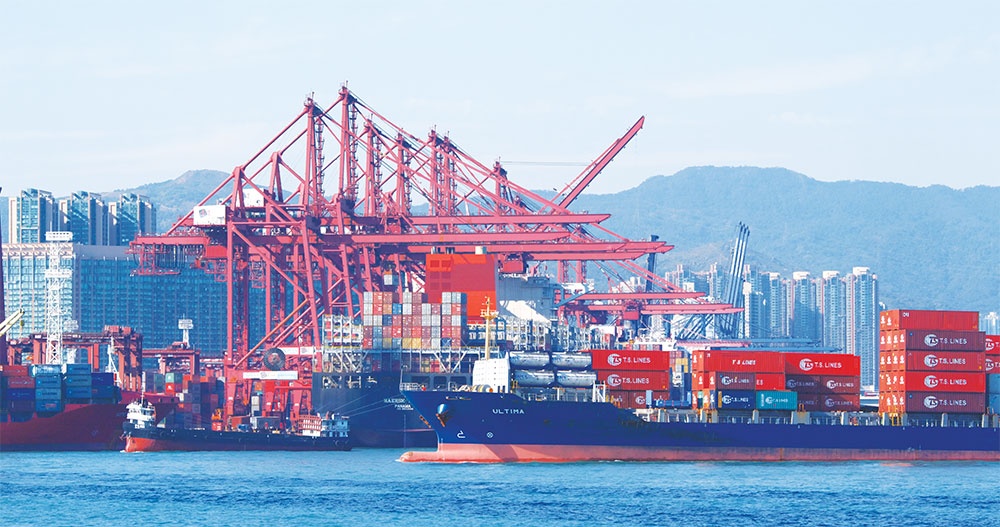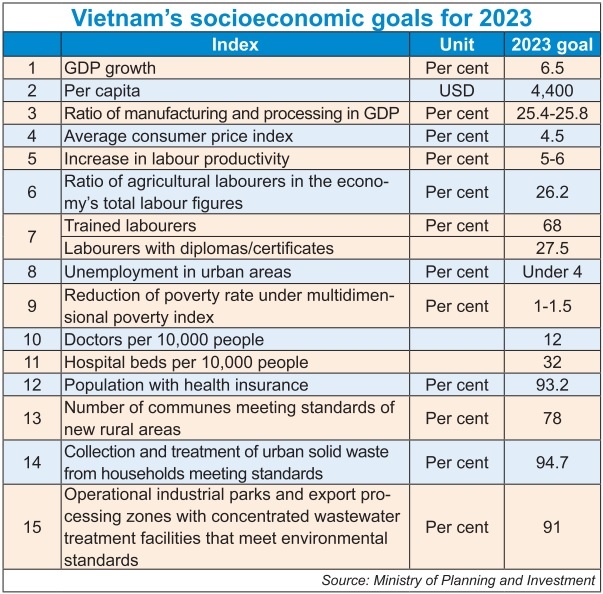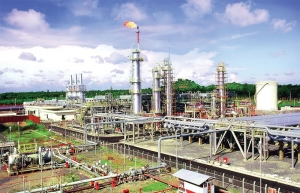External threats persist for economy
On November 10, the National Assembly (NA) is officially set to adopt a resolution on national socioeconomic development for 2023 with specific targets – one of which is a growth rate of 6.5 per cent, far lower than an expected 8 per cent for this year (see box).
 |
| External threats persist for economy |
Hanoi’s NA deputy Hoang Van Cuong said that he agreed with the government on growth rate proposal for next year, which he said is “suitable and even relatively high”.
“In 2023, it is expected that the global economy will continue facing big risks, with possible high inflation and a recession. A danger of a global economic crisis will become more serious due to impacts of both wars and pandemics,” said Cuong, adding that after years of COVID-19, Vietnamese enterprises in general are bearing big debts, while in 2023, the time for fiscal policies to support enterprises will end and enterprises will have to fully perform their existing financial obligations and pay debts that they have been delayed in payment.
“These financial burdens may quickly drive businesses into bankruptcy. Thus schemes on further assisting them must be devised, especially in the event that an economic crisis happens,” Cuong suggested.
 |
The GSO reported that in so far in 2022, the number of enterprises suspending business for a definite time was 66,400, up 37 per cent on-year; 40,300 enterprises stopped operations and waited for dissolution procedures, which is up 15.2 per cent; and 15,400 businesses completed dissolution procedures, up 13.4 per cent. On average, 12,200 businesses have withdrawn from the market every month this year.
“Thus, enterprises here in Vietnam need urgent support. It is necessary to focus a priority on removing institutional obstructions, especially the operation of the public sector and asset rights including intellectual property rights (IPR) and administrative quality, in order to improve competitiveness and increase confidence,” said NA deputy Nguyen Nhu So, representing the northern province of Bac Ninh.
It is also necessary to change the mindset of institutional reform in a manner in which enterprises are considered as a partner instead of as a managed entity, So added. “Their assets and IPR must be protected, as no investors want to invest into places where these are not protected.”
Meanwhile, many NA deputies have underlined the urgent need for the government to boost implementation of Decree No.31/2022/ND-CP on interest rate support from the state budget for loans of enterprises, cooperatives, and business households. Under this decree, these entities are entitled to enjoy a 2 per cent rate of interest subsidies for their loans.
Statistics showed that this 2 per cent lending rate support package implemented via the commercial bank system has seen a very low disbursement rate – at only $13.5 billion (nearly $587,000) out of VND16 trillion ($697 million) allocated to 2022. The total value of this package is VND40 trillion ($1.74 billion) for 2022-2023.
“Many reasons can be cited for such slow disbursement. One of which there is a condition that in order to obtain such 2 per cent support, the customer is required to demonstrate its recovery capacity, which remains relative vague,” said NA deputy Nguyen Hai Dung, representing the northern province of Nam Dinh.
The Asian Development Bank (ADB) has forecasted that the Vietnamese economy may grow 6.5 per cent in 2022 and 6.7 per cent in 2023.
“The global economic slowdown could weigh on exports. A labour shortage is expected to impede the swift recovery of services and the labor-intensive export sector in 2022. The slow delivery of planned public investment and social spending, especially the implementation of the government’s Economic Recovery and Development Programme, could slow growth this year and the next,” said Andrew Jeffries, ADB country director for Vietnam.
He added that in 2023, a continued economic decline in the global market will likely affect Vietnam’s exports, which are one of the key growth impetus of the country. However, the ADB in December will announce an update on Vietnam’s economic growth outlook for the whole 2022 and for 2023.
“We are seeing lots of risks, but the biggest will still come from outside, meaning external shocks may continue affecting the Vietnamese economy,” Nguyen Minh Cuong, principal country economist at the ADB, told VIR. “However, we have confidence in Vietnam’s growth potential in the middle and long term. In fact, the confidence of investors and people are increasing strongly.”
Data released on September 29 showed that Vietnam’s real GDP growth accelerated sharply from 7.8 per cent on-year in Q2 to 13.7 per cent on-year in Q3. That marked the fastest pace of growth in more than a decade and brought year-to-date growth to 8.83 per cent on-year. The recovery so far this year has been supported by an easing of pandemic restrictions, accommodative policy settings, and resilient exports.
 | Promoting exports via e-commerce platforms Policymakers, businesses, and experts gathered at a workshop in October to discuss increasing opportunities to boost exports via cross-border e-commerce platforms. |
 | High inflation dragging down Vietnamese wood exports Associations and businesses have acknowledged that the wood processing industry is struggling as exports to the United States decline. |
 | Crude oil exports back up state budget Despite a likely deficit this year, the state budget picture is expected to enjoy wider-than-expected takings this year thanks to increases in revenue of almost all sectors in the economy. |
What the stars mean:
★ Poor ★ ★ Promising ★★★ Good ★★★★ Very good ★★★★★ Exceptional
Related Contents
Latest News
More News
- Global partnerships key to Vietnam’s IFC development (December 26, 2025 | 16:18)
- Vingroup pulls out of bid to invest in North-South high-speed railway (December 26, 2025 | 11:42)
- Strengthening supply chains through trade promotions and customs reform (December 24, 2025 | 14:00)
- PM orders investment model for North–South high-speed rail (December 22, 2025 | 17:43)
- LS Eco Energy to invest in Vietnam rare earth sector (December 22, 2025 | 17:31)
- Government moves to establish International Financial Centre (December 21, 2025 | 21:00)
- Vietnam's IFC to target global investment flows (December 21, 2025 | 18:00)
- Two national hospitals expand capacity with new facilities (December 20, 2025 | 09:00)
- Ha Tinh breaks ground on major Vingroup industrial and energy projects (December 19, 2025 | 18:24)
- EVN launches major power infrastructure projects nationwide (December 19, 2025 | 18:17)

 Tag:
Tag:




















 Mobile Version
Mobile Version